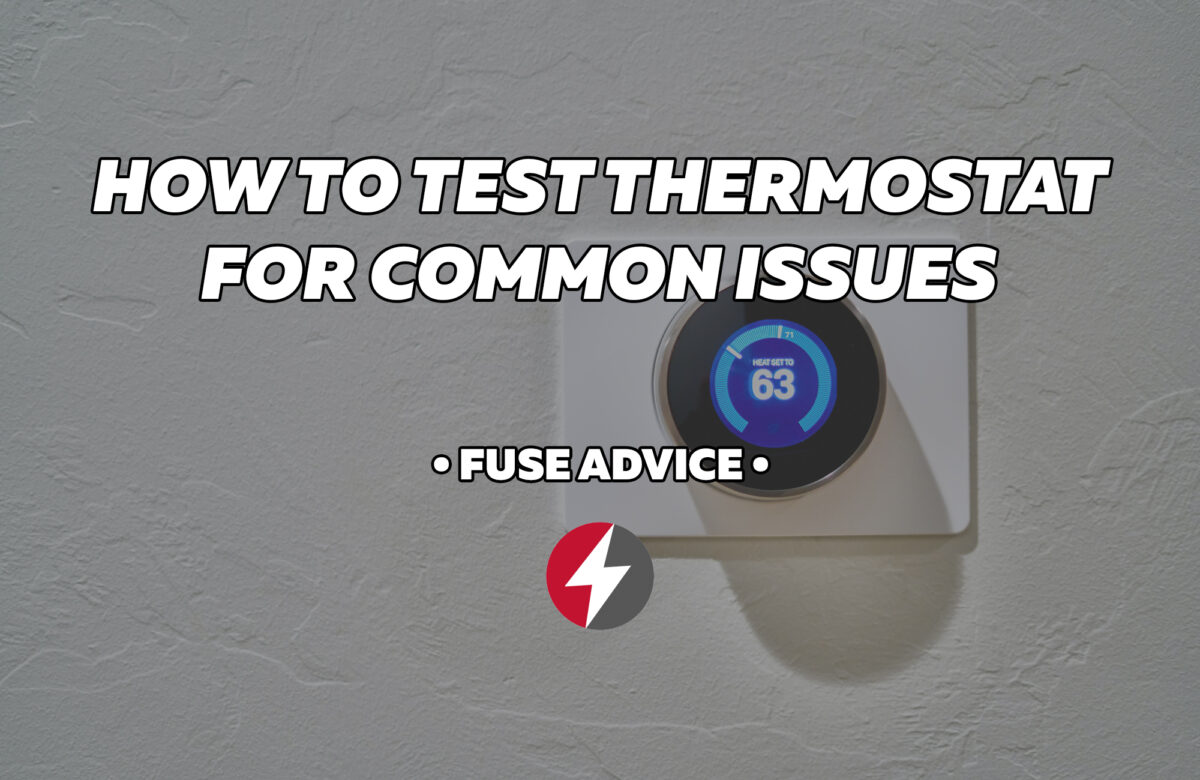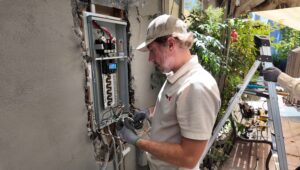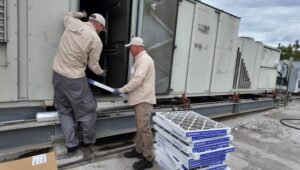 A faulty thermostat has the potential to create an irregular dispersion of temperature, causing energy expenses to skyrocket. The thermostat’s purpose is to manage temperature levels and to provide a pleasant climate in your home. As time progresses, thermostats may malfunction, resulting in greater energy usage and strain on the HVAC system. Fear not, for this self-help guide will furnish you with a comprehensive solution to the most common thermostat issues.
A faulty thermostat has the potential to create an irregular dispersion of temperature, causing energy expenses to skyrocket. The thermostat’s purpose is to manage temperature levels and to provide a pleasant climate in your home. As time progresses, thermostats may malfunction, resulting in greater energy usage and strain on the HVAC system. Fear not, for this self-help guide will furnish you with a comprehensive solution to the most common thermostat issues.
Diagnosing The Most Frequently Occurring Issues
Issue 1: Thermostat Fails To Activate
A malfunctioning power supply or battery can be the root cause of the thermostat’s malfunction. Here’s how to diagnose the problem:
Verify the power supply: If the thermostat is hard-wired, ensure that the circuit breaker switch is on. If it’s battery-operated, replace the batteries with new ones.
Inspect the wiring: Loose or damaged wiring may impede the thermostat’s ability to activate. Inspect the wiring to make sure it is correctly connected and secure.
Issue 2: Inaccuracy of The Thermostat
If the temperature in your dwelling fluctuates, the thermostat may be the root cause. Here’s how to diagnose it:
Use a thermometer: Place a thermometer beside your thermostat and examine the temperature reading. If the reading varies by more than two degrees, your thermostat may be malfunctioning.
Clean the thermostat: The sensors may accumulate dust and dirt, resulting in imprecise readings. Use a soft cloth to wipe them clean.
Issue 3: The Thermostat Fails To Respond To Your Commands
Incorrect programming or communication with the HVAC system can cause the thermostat to disregard your commands. Here’s how to diagnose the problem:
Confirm the settings: Ensure that the thermostat is set to the desired temperature, and the system is operating in the appropriate mode (heating or cooling).
Check communication: If the thermostat is not communicating with the HVAC system, it may be due to a faulty connection or HVAC system. Consult an expert to identify the issue.
Issue 4: Short-Cycling
Short-cycling refers to the HVAC system switching on and off too frequently, leading to more wear and energy consumption. Here’s how to diagnose the problem:
Inspect the placement: If the thermostat is situated in direct sunlight, near a window, or in a drafty area, it may provide incorrect temperature readings, resulting in short-cycling. Move it to a more suitable location.
Check the wiring: Poorly connected or damaged wiring can cause short-cycling. Inspect the wiring and repair any damage.
Issue 5: The Thermostat Operates Continuously
If your HVAC system operates non-stop, it may result in greater energy usage and wear and tear on the system. Here’s how to diagnose the problem:
Check the temperature settings: Ensure that the thermostat is set to the desired temperature, and the HVAC system is operating in the appropriate mode (heating or cooling).
Inspect the sensors: Malfunctioning or incorrectly calibrated sensors can cause the HVAC system to run continuously. Calibrate the sensors or replace them if necessary.
Issue 6: Incompatible Thermostat
If you have recently updated your HVAC system, your old thermostat may not be compatible with the new system. Here’s how to test it:
Verify compatibility: Review the manufacturer’s specifications for your HVAC system and compare them to your thermostat. If they are incompatible, consider upgrading your thermostat.
The thermostat is an indispensable component of your HVAC system. A malfunctioning thermostat can result in increased energy costs and discomfort in your home. By addressing these issues promptly, you can keep your HVAC system running efficiently and comfortably.






